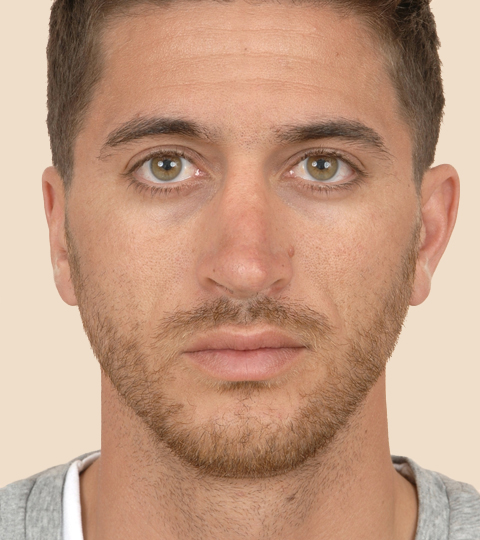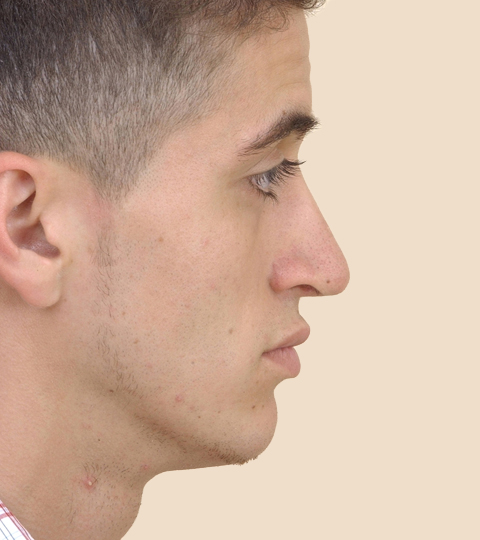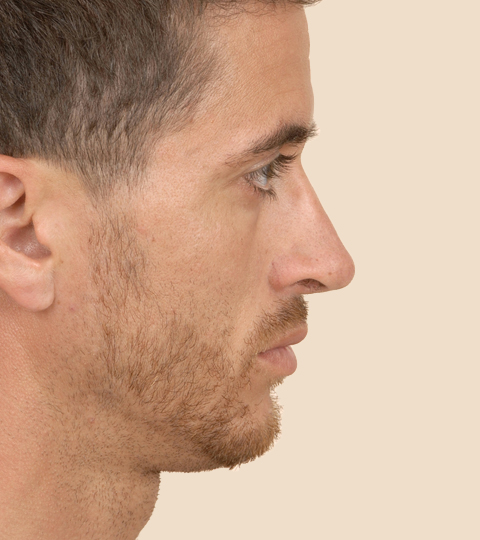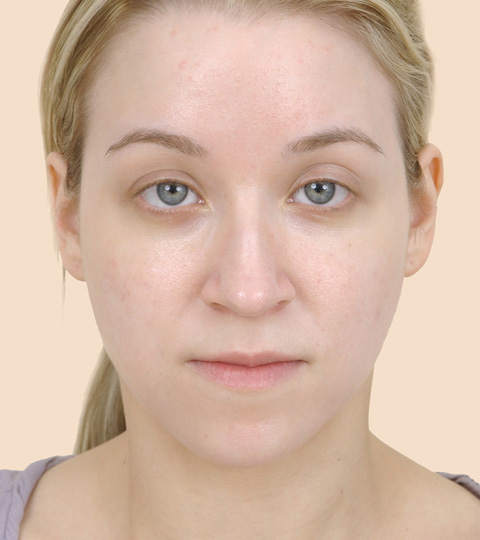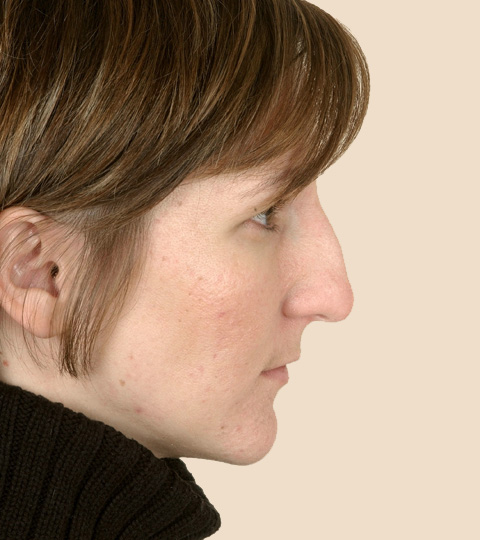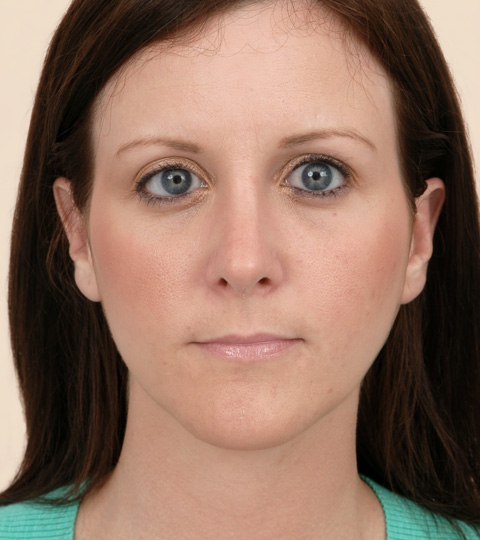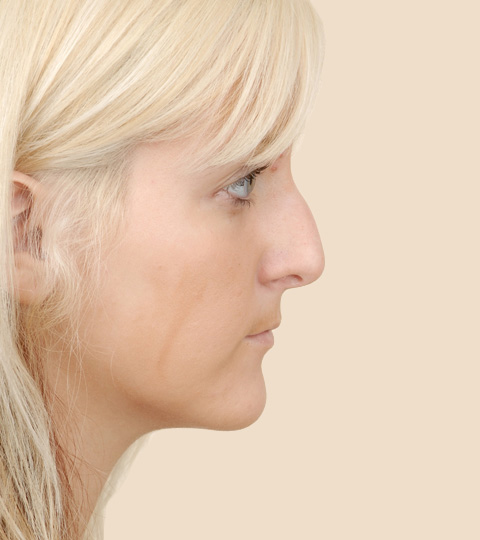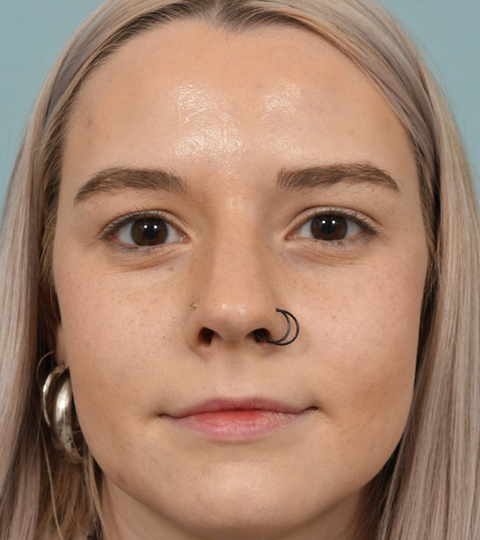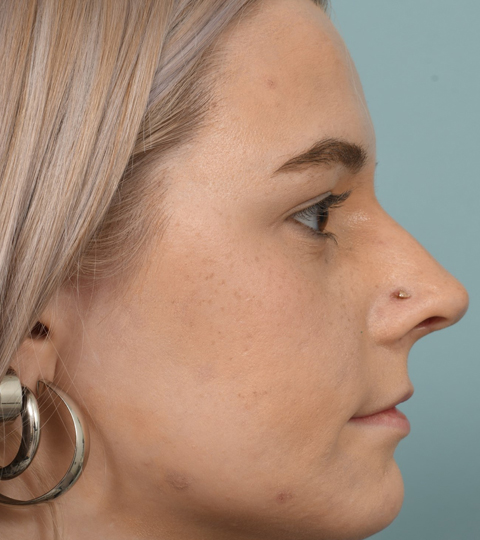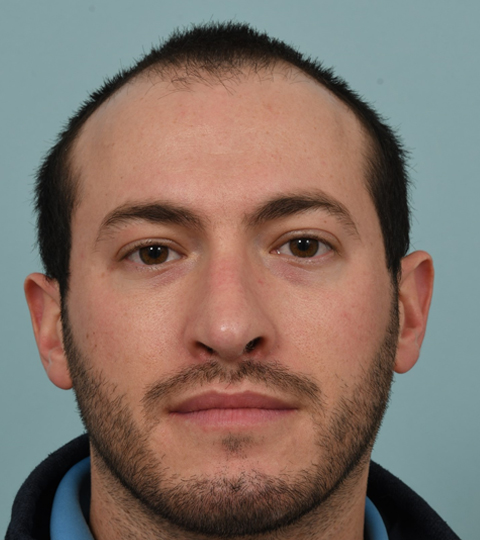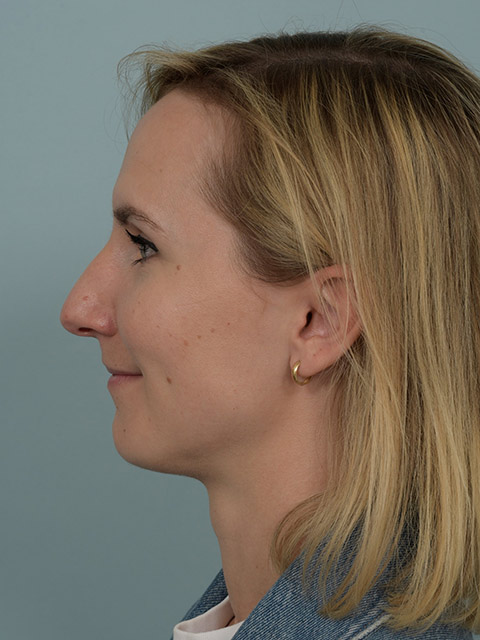Overview
What is a rhinoplasty?
Cosmetic nose surgery (also known as rhinoplasty) is one of the most common cosmetic procedures performed. It’s done to improve nose shape and the size of your nose with relation to your chin and the rest of your face.
Common patient complaints regarding their noses include a bump on the bridge of the nose, the tip of the nose being too big or bulbous, the nose drooping at the tip, or being too big or crooked. Nose surgery can address these concerns.
In addition to appearance, patients often complain about difficulty breathing. Allergies, a deviated septum or other internal nose issues (which can be addressed at the time of rhinoplasty) may cause this problem.
Surgeons at Cleveland Clinic Cosmetic & Plastic Surgery Center offer refined cosmetic nose surgery techniques that can positively transform the most defining characteristic of your face.
Why choose us?
When considering cosmetic nose surgery, always look for a surgeon with significant experience. A good rule of thumb is to see a surgeon recommended by your primary care provider, or family and friends who’ve had a positive experience.
Learn more about Cleveland Clinic Cosmetic & Plastic Surgery Center.
How to Prepare
Am I a candidate for cosmetic nose surgery (rhinoplasty)?
Cosmetic nose surgery is a highly individualized procedure with the best results achieved through a thorough consultation with your cosmetic surgeon. A cosmetic surgeon from Cleveland Clinic Cosmetic & Plastic Surgery Center will be able to recommend the best approach to achieving a balanced result based on the unique characteristics of your nose (in the context of your entire face).
The best candidates for nose surgery include:
- People whose facial growth is complete (facial growth is complete generally at age 16 for women and age 18 for men).
- People with a positive attitude and realistic goals in mind.
- People with no major medical issues that would cause surgery complications.
How do I prepare for cosmetic nose surgery (rhinoplasty)?
Preparing for your cosmetic nose surgery at Cleveland Clinic Cosmetic & Plastic Surgery Center includes the following:
- An in-depth consultation with your surgeon to review medical history, including medical issues, breathing problems and any previous surgeries.
- A review of medications, as well as instructions to stop taking blood thinners (such as aspirin and other anti-inflammatory medications) two weeks before surgery.
- A review of your specific concerns regarding the appearance of your nose.
- A physical exam, including an examination of the inside and outside of your nose.
- A review of before-and-after photographs of other nose surgeries performed by the surgeon.
- Photographs taken of you (including multiple views) for review.
What to Expect
How is cosmetic nose surgery (rhinoplasty) performed?
To reshape your nose, surgery is performed using either a closed procedure (where incisions are hidden inside the nose), an open procedure (where an incision is made across the columella) or the narrow strip of tissue that separates your nostrils. The rest of the incision is similar to the closed technique. Through these incisions, your surgeon will gently raise the soft tissues that cover your nose, allowing access to reshape your nose’s structure.
Cosmetic nose surgery can reduce or enlarge nasal structures by using cartilage grafted from other areas of your body. Typically, your surgeon may use pieces of cartilage from your septum (the division in the middle of the nose) for this reason. Occasionally, they can also use a piece of cartilage from your ear and (rarely) a section of rib cartilage.
If your nose’s septum is deviated, it can be straightened. The projection inside your nose can also be reduced to improve breathing.
Once your nose’s underlying structure is sculpted to your desired shape, your surgeon reshapes the nasal skin and tissue and closes the incisions. They may place additional incisions in the natural creases of your nostrils to alter their size.
Based on your previous exam, preoperative discussion and review of photos, it’s possible your surgeon might suggest chin surgery if your chin is weak. This procedure improves facial proportions and may enhance the overall surgical result. However, it’s just an option and may not be necessary.
Your cosmetic surgeon may place splints and internal tubes to support your nose as it begins to heal for a week following surgery and an operation on your septum. Cosmetic nose surgery usually takes one to two hours to complete (although it may take longer based on the procedure).
What are the different types of cosmetic nose surgery (rhinoplasty)?
The two primary types of rhinoplasty surgery include “open” and “closed,” though there are other types of cosmetic nose surgery:
- Open rhinoplasty is used for major nose reshaping. Your cosmetic surgeon makes incisions in the vertical strip of skin separating your nostrils, called the columella. They then lift skin and soft tissue off the underlying structures of the nose so they can see your nasal anatomy.
- Closed rhinoplasty is used for minor nose reshaping. Your surgeon can make incisions inside your nose. They separate the skin of your nose from the bone and cartilage (its supporting framework). Changes in nose shape are accomplished by altering the bone and cartilage of your nose. Your surgeon can shave bone and cartilage on the bridge to remove a bump. A bulbous tip is corrected by stitching or removing some of the cartilage of the tip. If the tip lacks shape, they can use cartilage from your septum or ear to improve it.
- Secondary rhinoplasty (also called revision rhinoplasty) is performed to correct problems that persist or develop after a previous nose surgery. Although the problems may be minor and easily corrected, they can be more complex, which makes the secondary rhinoplasty more difficult. Secondary rhinoplasty can also be an open or closed procedure.
- Filler rhinoplasty involves the use of injectable fillers to “fill” depressions, smooth out sharp angles or change the angle of the tip of your nose to restore symmetry. For instance, instead of removing a bump, your surgeon would use an injectable filler to make your nose more even. While effective, injectable fillers don’t offer permanent results.
Results
What results can I expect?
Cosmetic nose surgery can dramatically change your appearance. Changes in the bridge of your nose are present once the splint is removed. However, the tip of your nose will stay swollen for a long period of time. You won’t see the true results of the tip for about a year. At this point, your nose is still quite swollen, and it may take up to a year for your new nasal contour to fully refine.
During this time, there may be gradual changes in the appearance of your nose as it refines to a more permanent outcome. While the results of cosmetic nose surgery are permanent, the surgery won’t prevent the effects of aging. Following up with your Cleveland Clinic Cosmetic & Plastic Surgery Center cosmetic surgeon is important to maintaining your results. View our nose job before-and-after photos to see results from actual patients.
What is involved in recovery?
Cosmetic nose surgery is performed as an outpatient procedure at Cleveland Clinic Cosmetic & Plastic Surgery Center, so you’ll go home the same day as the surgery takes place. Your recovery will depend on the type of procedure you had.
If your nose is being reduced in size, it’ll have a splint after the procedure (your nose may or may not be packed lightly with medicated gauze). You may also have an external splint as the primary support while your nose is healing.
If your cosmetic surgeon makes an incision across the vertical strip of tissue separating the nostrils (columella), they’ll use skin stitches. These will be removed four to seven days after the procedure.
Swelling and stuffiness is common for several weeks following surgery. Most people usually resume light activities after a few days, but it’ll take several weeks before your nose is completely healed to allow for full physical activity.
Insurance & Financing
Rhinoplasty for cosmetic reasons isn’t covered by insurance. But insurance can cover this procedure if it treats breathing difficulties. Specific issues regarding the possibility of insurance coverage should be discussed with your surgeon.
Please call 216.444.4004 and ask to speak with one of our financial representatives who can explain payment options, including CareCredit financing.


